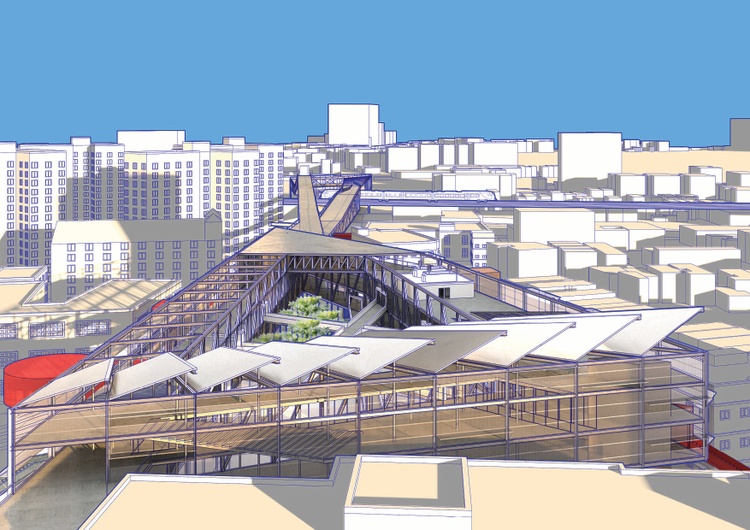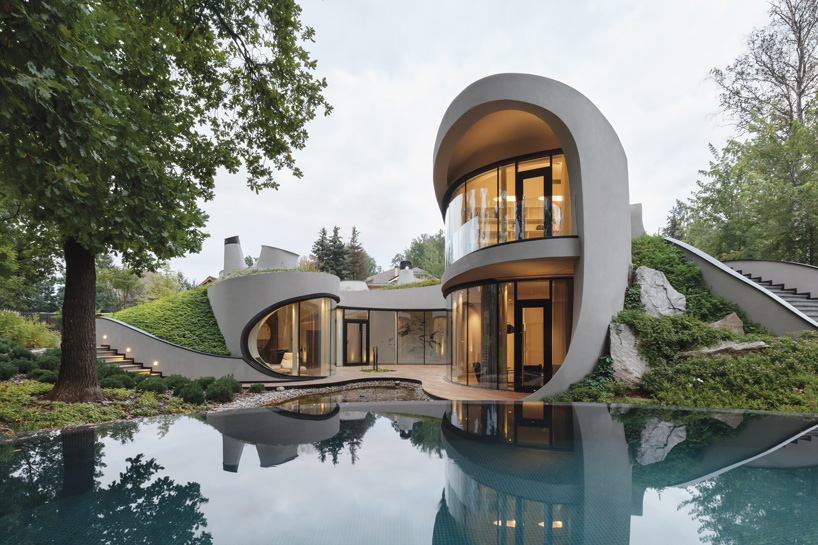A Detailed Introduction of Building Designs and Their Influence on Modern City Planning and Advancement
Building designs have actually long worked as a mirror to the social values and technical innovations of their time, playing a crucial function in shaping contemporary city preparation and growth. From the majesty of Neoclassicism to the practical strategy of Brutalism, each design has actually introduced unique concepts that influence urban aesthetic appeals and performance. As contemporary difficulties arise, consisting of sustainability and community needs, understanding these historical structures comes to be crucial. The resulting discussion not just notifies future design practices however additionally increases essential concerns about the equilibrium in between heritage and technology in our advancing city landscapes.
Historic Introduction of Building Designs

As societies transitioned with the Center Ages, Gothic architecture emerged, identified by its verticality and complex outlining, mirroring the spiritual aspirations of the age. The Renaissance marked a revival of timeless perfects, merging art and architecture in cutting-edge manner ins which affected succeeding styles throughout Europe.

Today, building styles continue to progress, driven by globalization and sustainability concerns, showing a vibrant interplay between heritage and advancement. This historic summary emphasizes the significance of design as a mirror of social evolution and as a driver for metropolitan growth.
Key Architectural Styles Explained
The diversity of architectural designs mirrors the myriad impacts that shape our constructed environment, each embodying unique attributes and social significances. Key architectural designs consist of Timeless, Gothic, Baroque, Modernism, and Postmodernism, each representing distinct historical contexts and aesthetic ideologies.
Classical architecture, rooted in ancient Greece and Rome, emphasizes symmetry, proportion, and making use of columns (cda architects). On the other hand, Gothic architecture, thriving in the Center Ages, is defined by sharp arcs, ribbed vaults, and flying buttresses, producing an aerial quality in cathedrals. Baroque architecture, emerging in the 17th century, is marked by grandeur, intricate embellishment, and a vibrant interplay of light and darkness
Modernism, which acquired momentum in the early 20th century, focuses on feature over type, making use of brand-new materials like steel and glass to create minimalist structures. Postmodernism, responding against the austerity of Modernism, embraces eclecticism and historical referral, often including spirited aspects and paradox.

Effect On Urban Planning
In shaping the advancement of cities, building designs significantly influence urban planning decisions. The choice of architectural style commonly determines the aesthetics, functionality, and overall character of urban atmospheres.
Additionally, architectural styles can impact zoning regulations and land use policies. Urban organizers should think about the prevailing architectural trends when developing districts, guaranteeing that new advancements integrate with existing frameworks. This consideration promotes cohesive urban landscapes and enhances area identity.
The application of certain building styles can also influence socioeconomic variables within a city. High-end contemporary layouts may attract wealthy locals and companies, leading to gentrification, while more inexpensive real estate options might focus Visit This Link on useful and lasting styles to accommodate diverse populaces. cda architects. Eventually, the interaction between building styles and city planning creates dynamic cities that mirror both historical context and contemporary requirements, shaping the lived experiences of their citizens
Sustainability and Modern Architecture
Building styles play a crucial function in addressing contemporary obstacles, especially in the world of sustainability. As metropolitan areas broaden and ecological issues intensify, contemporary style progressively welcomes lasting design principles that focus on power effectiveness, source preservation, and minimal eco-friendly influence.
Contemporary architectural motions, such as biophilic layout and green design, supporter for frameworks that harmonize with their environments, utilizing natural products and advertising biodiversity. These designs frequently integrate eco-friendly energy resources, such as solar panels and wind turbines, to minimize dependence on fossil gas and lower carbon footprints.
Furthermore, the integration of innovative modern technologies, such as smart building systems, improves energy administration, enhancing source usage while making sure owner convenience. Cutting-edge water monitoring strategies, including rainwater harvesting and greywater recycling, additional add to lasting city environments.
Notably, sustainability extends beyond environmental concerns; it includes social and financial measurements too. By cultivating area health and advertising inclusivity, contemporary architectural styles align with sustainable development objectives. The advancement of building methods continues to form durable cities that not only meet the demands of the present however likewise protect the future for generations to come.
Community Involvement in Style
Community involvement in style acts as an important bridge between engineers and the populaces they serve, making certain that the developed environment mirrors the demands and ambitions of its users. This collaborative procedure invites area members to contribute their insights and preferences, cultivating a sense of possession and responsibility towards the spaces they live in.
Efficient community interaction employs different methods, such as workshops, studies, and public forums, to collect varied perspectives. These strategies help with a two-way discussion, allowing designers to understand regional contexts while encouraging locals to voice their worries and desires. This inclusivity not only boosts the design high quality yet also promotes social equity by dealing with the one-of-a-kind challenges dealt with by marginalized groups.
Moreover, neighborhood involvement can lead to ingenious solutions that may not arise in a traditional design process. By incorporating have a peek at this site neighborhood knowledge and social worths, architects can create areas that reverberate even more deeply with customers, enhancing usability and sustainability. Eventually, focusing on area engagement in design processes leads to atmospheres that support social communications, support well-being, and strengthen neighborhood connections, therefore playing published here a critical function fit modern city landscapes.
Conclusion
Architectural designs have actually greatly influenced contemporary city planning and advancement, showing evolving cultural and technological contexts. The assimilation of historic visual appeals with modern demands promotes city atmospheres that focus on sustainability and area engagement. As cities proceed to grow and adjust, the recurring discussion in between building heritage and contemporary style concepts will remain crucial in producing comprehensive, dynamic areas that enhance lifestyle and advertise social equity. The future of urban growth hinges on this unified equilibrium.